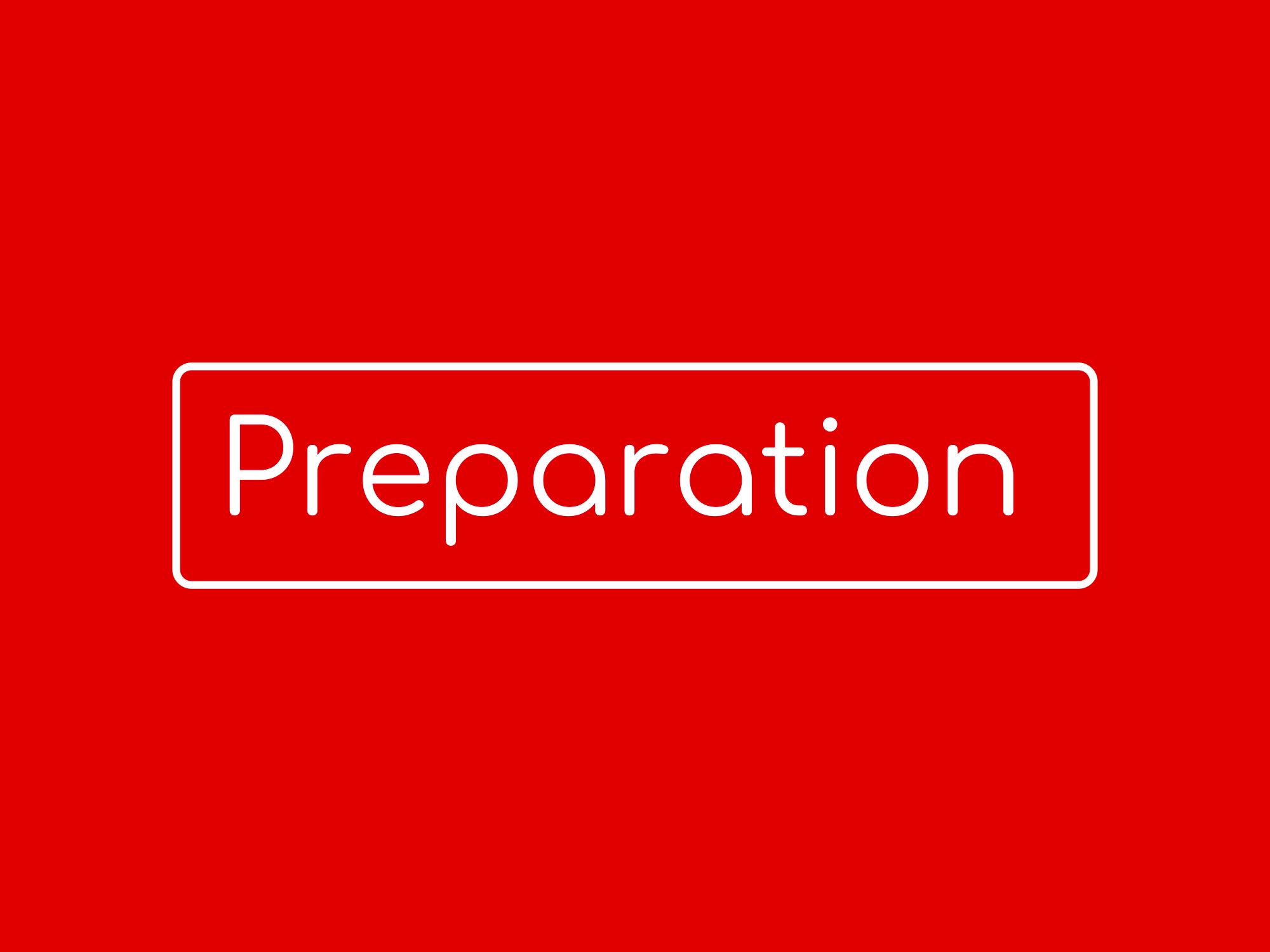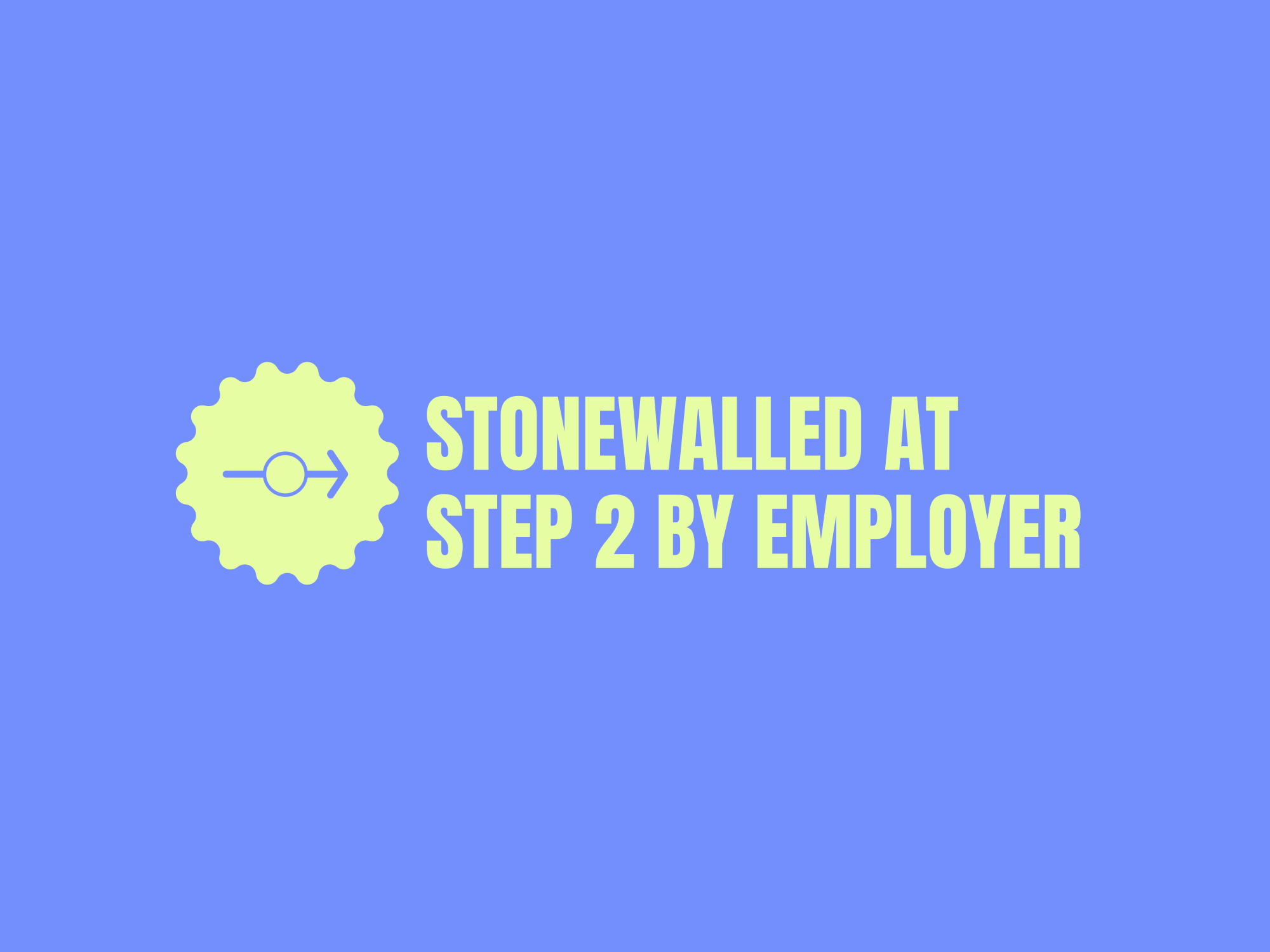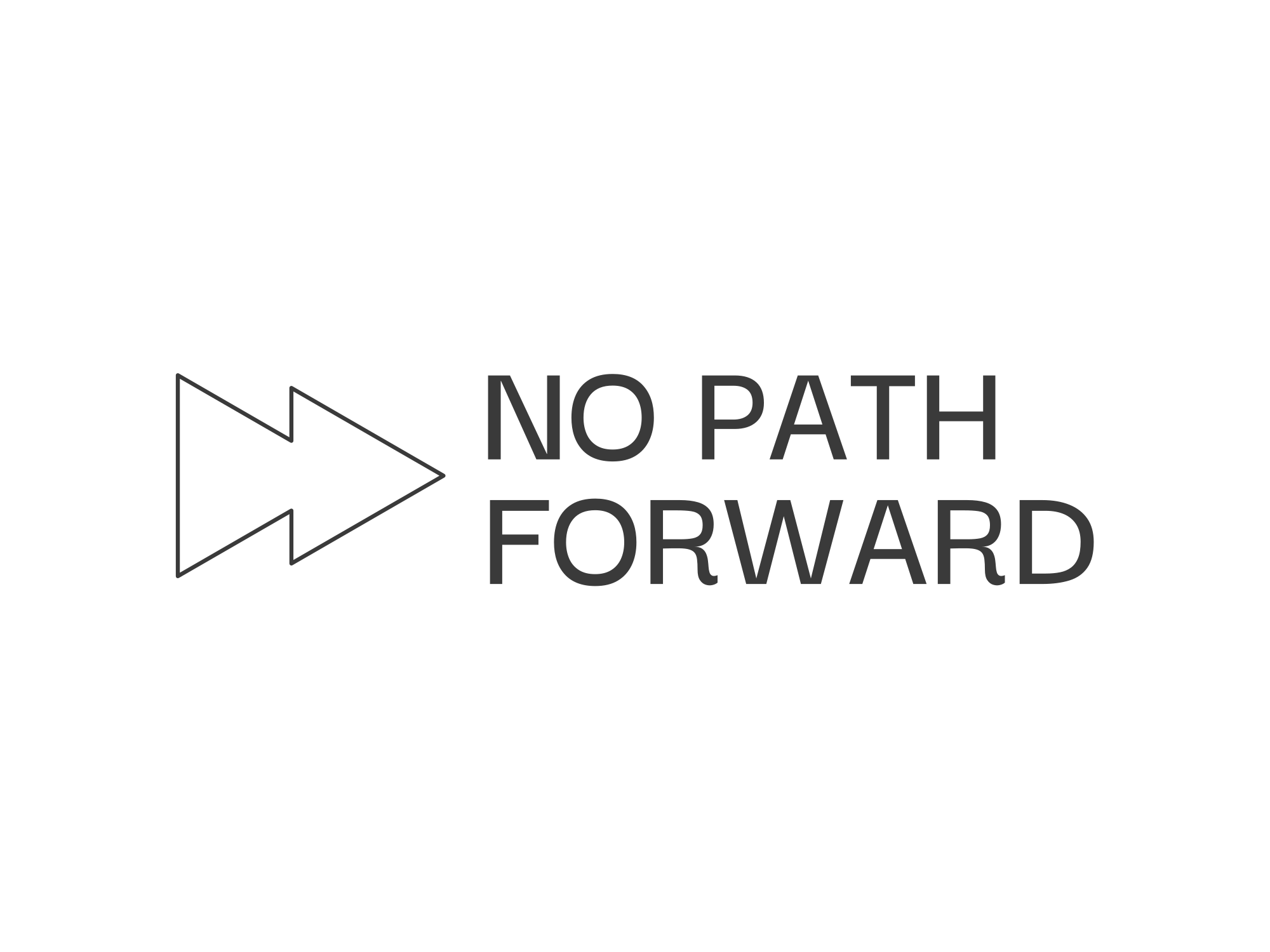Step two of the greivance process
The Difference Between Step 1 & Step 2
A step 1 grievance is an initial complaint raised by an employee, usually aiming to resolve an issue directly with their supervisor. It often focuses on specific incidents or behavior. A step 2 grievance occurs if the employee feels the issue isn’t resolved at step 1. This stage typically involves a formal written complaint that goes to higher management or a designated HR representative. Step 2 can lead to a more thorough investigation and often includes a meeting to discuss the concerns in detail.
Upcoming Events

At the heart of any union is the desire to protect the rights and interests of its members. When a member feels that their rights have been violated, a grievance may be filed to address the issue. A step 2 grievance meeting is an important part of the grievance process, as it allows both the union and the employer to come together and try to resolve the issue before it escalates further. However, there are certain steps that a union must take before a step 2 grievance meeting can take place.
First and foremost, the union needs to gather all relevant information and evidence related to the grievance. This may include documentation, witness statements, and any other evidence that supports the member’s claim. It is essential that the union thoroughly investigates the grievance and gathers all necessary information before proceeding to a step 2 meeting. This will not only strengthen the union’s case but also demonstrate to the employer that the grievance is being taken seriously.
In addition to gathering evidence, the union should also review the collective bargaining agreement (CBA) to ensure that the rights of the member have not been violated. The CBA outlines the rights and responsibilities of both the union and the employer, and serves as a crucial reference point during the grievance process. It is important for the union to have a clear understanding of the CBA and how it applies to the specific grievance at hand before entering into a step 2 meeting.
Once the union has gathered all necessary evidence and reviewed the CBA, it is important to prepare for the step 2 meeting. This may involve developing a clear and concise argument to present to the employer, as well as identifying potential resolutions to the grievance. The union should also consider who will be representing the member at the meeting, whether it be a union steward, officer, or legal counsel. Proper preparation is key to a successful step 2 meeting and increases the chances of reaching a favorable outcome for the member.
During the step 2 meeting, the union should remain professional and respectful while advocating for the member’s rights. It is important to present the evidence in a clear and organized manner, and to listen attentively to the employer’s responses and counterarguments. The union should be prepared to negotiate and compromise in order to reach a resolution that is fair and satisfactory to both parties. After the meeting, the union should follow up with the member to provide an update on the status of the grievance and to discuss next steps if necessary.
In conclusion, there are several key steps that a union must take before a step 2 grievance meeting can occur. By gathering all relevant information, reviewing the CBA, preparing for the meeting, and advocating for the member’s rights in a professional manner, the union can increase the likelihood of reaching a successful resolution. Ultimately, the goal of the union is to protect and advocate for its members, and by following these steps, the union can fulfill this important responsibility.

When a union is faced with a grievance that has escalated to a step 2 meeting, it is crucial for them to be well-prepared in order to win the case. A step 2 grievance meeting is a formal process where the union presents their case to management in hopes of resolving the issue at hand. To succeed in this meeting, the union must carefully strategize their approach and be equipped with the necessary knowledge and evidence to support their argument.
First and foremost, the union must thoroughly review all relevant documentation related to the grievance. This includes contracts, policies, emails, and any other pertinent information that will strengthen their case. It is essential for the union representatives to have a solid understanding of the facts surrounding the grievance and be able to clearly articulate their position during the meeting. By being well-informed and organized, the union can effectively present their case and demonstrate to management why they believe the grievance is valid.
In addition to having a strong grasp of the facts, the union should also be prepared to negotiate with management. This involves identifying potential solutions to the issue at hand and being willing to compromise in order to reach a resolution. It is important for the union to enter the meeting with a mindset of collaboration and problem-solving, rather than confrontation. By demonstrating flexibility and a willingness to work towards a mutually beneficial outcome, the union can increase their chances of success in the step 2 grievance meeting.
Furthermore, the union must ensure that they have a cohesive and unified approach during the meeting. This means that all representatives must be on the same page and present a united front to management. It is crucial for the union to speak with one voice and avoid any internal conflicts or disagreements that could weaken their position. By presenting a unified front, the union can demonstrate their strength and solidarity, which can be persuasive in convincing management to take their concerns seriously.
Lastly, the union must be prepared to follow up after the step 2 grievance meeting. This includes documenting the outcomes of the meeting, any agreements reached, and any next steps that need to be taken. It is important for the union to keep detailed records of the entire grievance process in case further action is necessary in the future. By following up in a timely and thorough manner, the union can ensure that the resolution reached in the step 2 meeting is properly implemented and enforced.
In conclusion, a union must be well-prepared and strategic in their approach to a step 2 grievance meeting in order to win. By thoroughly reviewing all relevant documentation, negotiating with management, presenting a unified front, and following up after the meeting, the union can effectively advocate for their members and achieve a successful outcome. With careful planning and strong advocacy, a union can navigate the step 2 grievance process with confidence and increase their chances of winning the case.

In labor negotiations, the employer often has the upper hand when it comes to decision-making. This is because the employer holds firm at the step 2 meet the union should, meaning that they are not willing to budge or compromise easily. This can create tension between the employer and the union, as both parties have their own agendas and priorities. In this essay, I will discuss the implications of the employer holding firm at the step 2 meet the union should, and how it can impact labor negotiations.
When the employer holds firm at the step 2 meet the union should, it can create a sense of frustration and powerlessness among union members. The union may feel that their concerns and demands are not being taken seriously, and that the employer is not willing to negotiate in good faith. This can lead to increased tensions and conflicts between the two parties, making it more difficult to reach a mutually agreeable resolution.
Furthermore, when the employer refuses to budge on certain issues, it can lead to a breakdown in communication and trust between the employer and the union. This can make it even more challenging to find common ground and reach a compromise that is satisfactory to both parties. Without open and honest communication, labor negotiations can quickly become stalled and unproductive.
In addition, when the employer holds firm at the step 2 meet the union should, it can have long-term implications for the relationship between the two parties. If the union feels that their concerns are not being addressed or that their voices are not being heard, they may become more resistant to future negotiations and less willing to cooperate with the employer. This can create a toxic work environment and make it difficult to foster positive relationships between labor and management.
Ultimately, when the employer holds firm at the step 2 meet the union should, it can have negative consequences for both parties. It is important for both the employer and the union to approach negotiations with an open mind and a willingness to compromise in order to reach a mutually agreeable resolution. By working together and finding common ground, both parties can create a more harmonious and productive work environment for everyone involved.

If Step one
doesn’t go well
If an employer and the union can’t reach an agreement at a step 2 grievance meeting, the union has several options. First, they can escalate the matter to step 3, which usually involves mediation or arbitration. The union may also choose to bring the issue to a higher authority within their organization for further review. Another option is to communicate with the membership, gathering support for potential actions like strikes or rallies. In some cases, they might decide to pursue legal action if they believe the employer is violating labor laws. Each choice has its own implications and should align with the union’s strategy.
After the step two grievance meeting, the issue remains unresolved. The union sees little chance of winning in arbitration. They believe further efforts will not yield better results. Members feel frustrated and uncertain about their next steps. Many are concerned about the impact on morale and workplace relations. The union must now decide how to move forward effectively.

If a union and employer can’t reach an agreement at a step 2 grievance meeting, the union must be transparent with the membership. They should explain the situation clearly, highlighting the reasons for their belief that arbitration won’t yield a favorable result. Emphasizing the limits of their options helps set realistic expectations. The union can also focus on what they’ve accomplished so far and the lessons learned. They might frame the discussion around future strategies and possible next steps. Open communication builds trust, making it easier for members to understand tough choices. By outlining the challenges and potential paths forward, the union can foster solidarity and support among members.

If a union and employer can’t reach an agreement at a step 2 grievance meeting, mediation offers a neutral ground for discussion. Mediators help both sides communicate better and explore mutual interests. This process can uncover solutions that might not have been considered earlier. Mediation is often quicker and less costly than going to arbitration. It allows both parties to maintain control over the outcome, making it a valuable option when direct negotiations fail.
